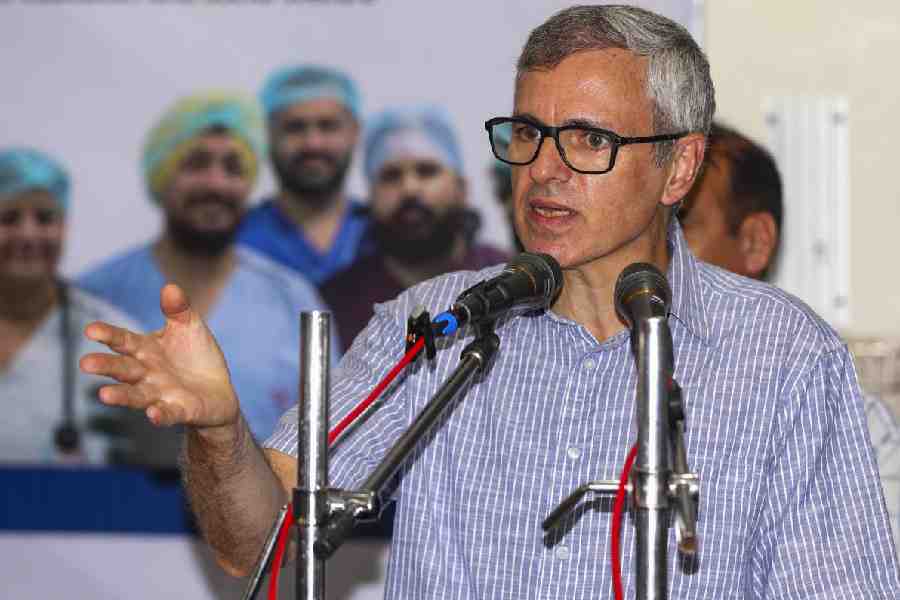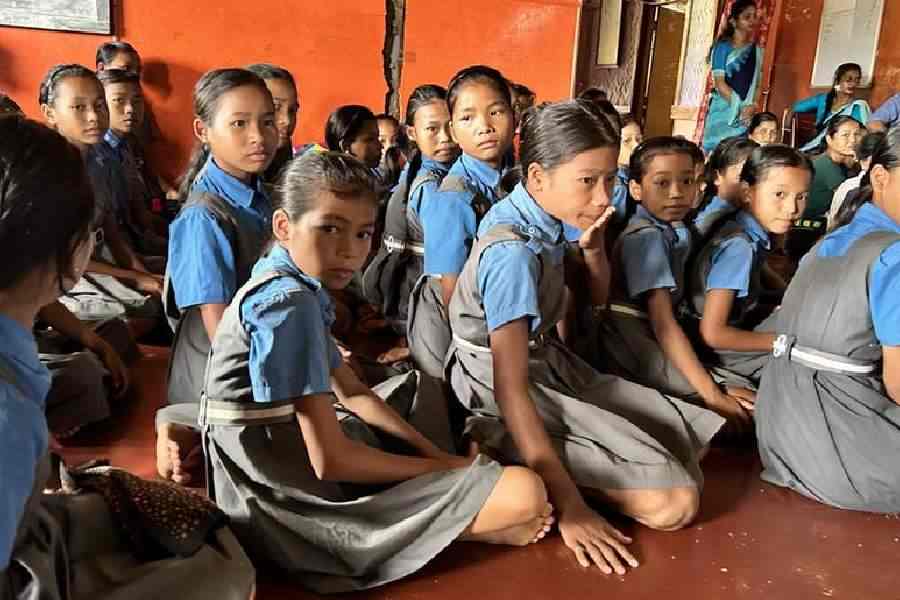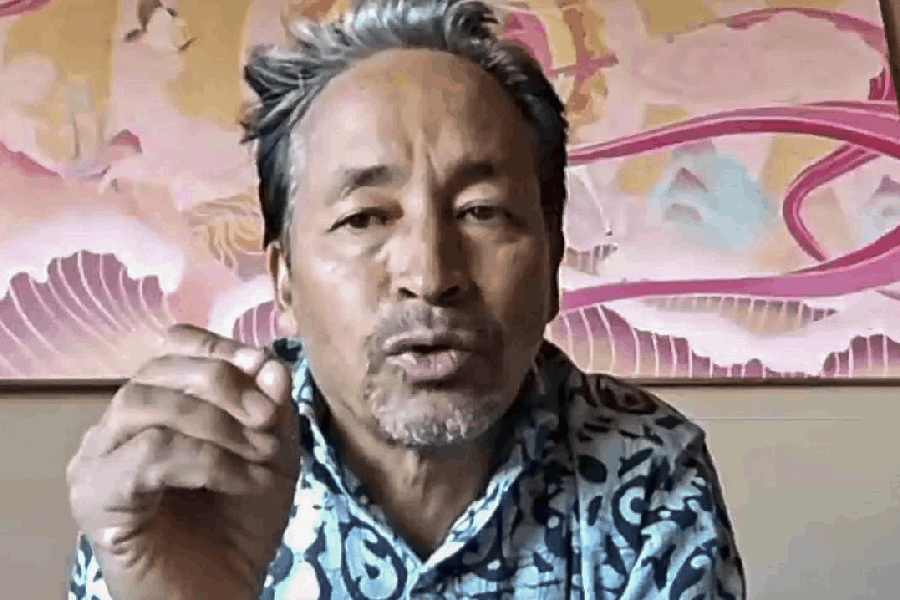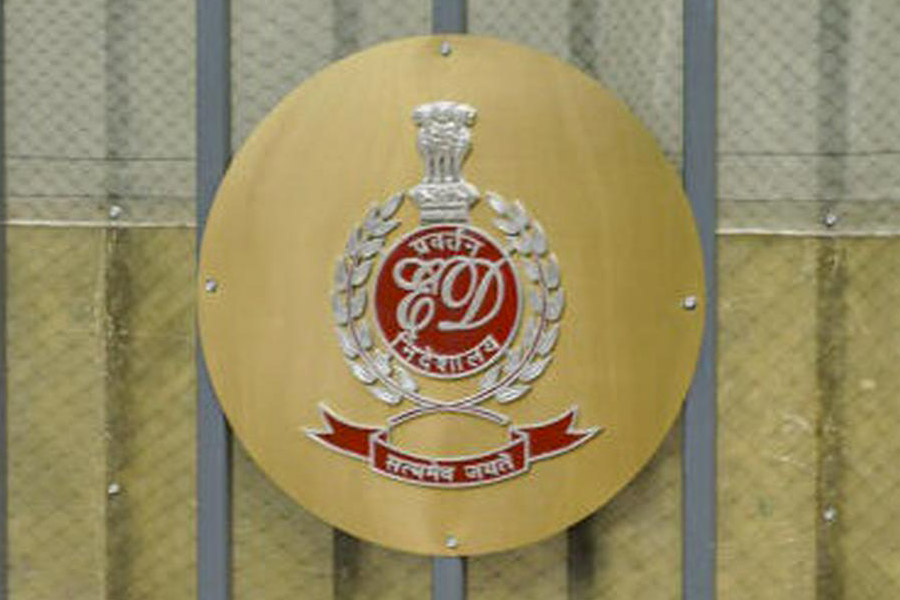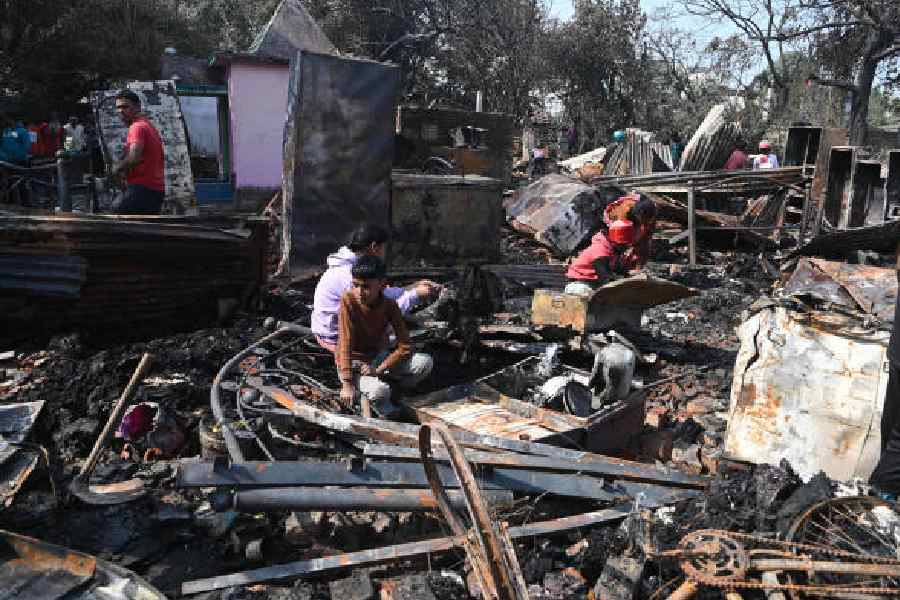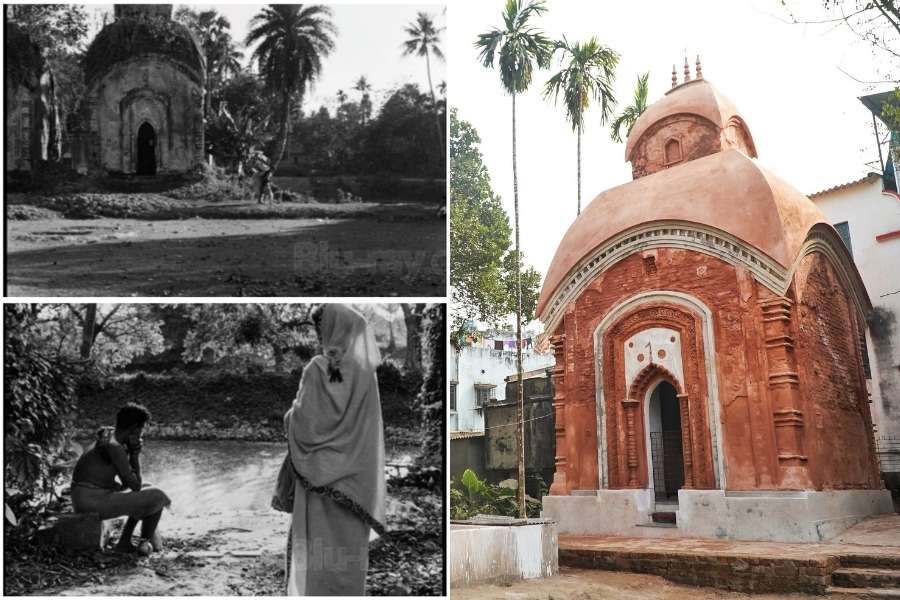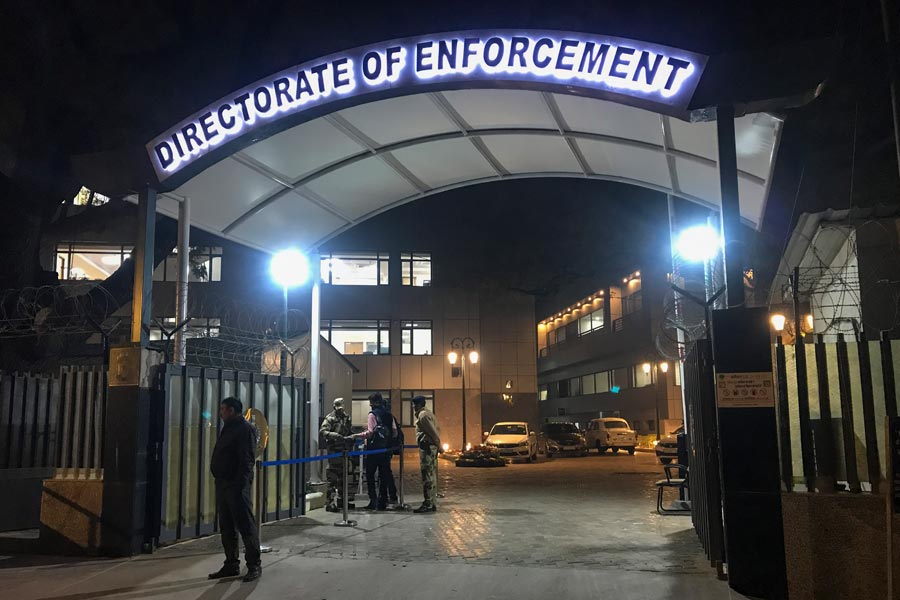 |
Raghu Rai is India’s most popular photographer and, together with Henri Cartier-Bresson, he is the alpha and omega of Indian photography for most Indians. His work rests comfortably on that status and is unlikely to challenge or alter what two generations of Indians (and Indophiles) have come to expect from it. Indian coffee-tables, hotels and airports would be duller without Rai’s signature images. It is difficult to contemplate Indira Gandhi’s profile, Mother Teresa’s wrinkles, the Taj Mahal’s romance or Calcutta’s old-world disorder without acknowledging one’s debt to Rai’s shots and angles. Sunday photography thrives in Indian cities and towns, thanks to the unquestioning acceptance of Rai’s photographic prowess.
 |
THE INDIANS: PORTRAITS FROM MY ALBUM by Raghu Rai (Penguin, Rs 4,999) is an elegantly lavish photobook. But it will do little to make you think afresh about Rai’s oeuvre or the history of his sensibility. It is divided into two sections. The first presents a selection of photographs collected by Rai and provides some sort of a potted history of Indian portraiture from 1855 to 1965. The second is a selection of portraits made by Rai in the course of his 40-year career. Those familiar with the photo-historical work of, say, Chris Pinney, or the many books and catalogues of the Alkazi Collection’s aristocratic, colonial and ethnographic archives, will find nothing new in the first section. Neither do the images provide a startling new context to, or insight into, Rai’s work. Overdressed maharajas, underdressed tribals, boringly dressed sahibs and anxiously dressed natives have begun to lose their various exoticisms these days, even when presented in mouldering sepia or exquisitely hand- painted colours.
 |
Rai’s work in the second section is as eye-catching as ever — until the eye looks for something else to catch or be caught by. The art of the portrait, be it of a famous or an unknown person, is about an encounter with a face in the world. But that encounter fuses three mysteries — the subject, the photographer and the viewer — with the mystery of Time. Rai offers us the human drama of iconicity, or the pathos of mundane lives caught by a curious eye. The wit of a HC-B moment, or the slow depths of a Fazal Sheikh study, is not what one has been taught to expect from Rai. Rai’s preface to the books is slight, and John Falconer’s short essay unremarkable. The latter sticks to the usual platitudes about sympathetic connection, seizing the moment, stillness and humanity. He is the curator-director of London’s British Library, and sounds as if he is not terribly excited by what he is writing about.


